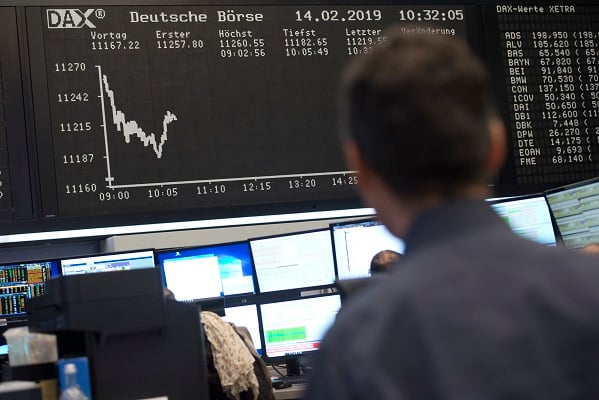The US economy may technically be in recession, after two straight quarterly drops in GDP, but corporate America seems to be coping well enough.
According to research from S&P Global, 278 members of the S&P 500 index have already reported earnings. Of those, 209 have beaten earnings forecasts and only 60 have missed. The question now is whether the combination of rising inflation, a strong dollar and sagging growth starts to take its toll on profits, and therefore on equity valuations.
Those profit upside surprises might help to explain why the S&P 500 is trading 12% above its June low, especially as news on inflation, higher interest rates, war in Ukraine, lockdowns in China and supply chain disruption hardly count as ‘news’ anymore.
AJ Bell Investment Director Russ Mould said: “Investors should bear in mind, however, that companies are pretty canny when it comes to managing expectations. S&P Global’s research reveals that an average of 72% of the S&P 500’s members have beaten quarterly earnings forecasts since Q2 2013. If you set a low enough bar then anything is possible.
“The US stock market rally may therefore have bigger challenges to come, especially if the surging dollar crimps US exports, and decreases the value of overseas sales once they are translated back into dollars (although there could be a benefit in the form of lowered import costs, too).
“This is because analysts are still forecasting increases for aggregate S&P 500 earnings in 2022 and 2023, despite economists’ gathering conviction that the US is heading into a recession.
“It seems logical to assume that either the economists or the equity analysts are wrong. Consensus estimates are looking for earnings per share (EPS) from the S&P 500 to reach $218 in 2022 and $243 in 2023, compared to $208 in 2021. Investors could be forgiven for thinking that might be a stretch given the current economic backdrop, even allowing for the relatively soft base for comparison last year due to covid.
“Analysts do seem to be having a few doubts, however. Earnings forecast momentum has ground to a halt. Back in March, the number crunchers had pencilled in $226 for this year and $247 for next, a marked change from the relentless upgrades witnessed over the past year.
“This is understandable, given gathering concerns over the trajectory of the US economy, considering clear signs of inventory build, as well as the strong dollar and input costs. After all, US corporate profit margins are already gently coming off their all-time highs, which begs the question of whether things really can get much better from here.
“Using another measure, US corporate profits stand at record highs not just in margin and absolute dollar terms, but also as a percentage of GDP. Even allowing for the efficiency with which US firms are run, the lesser protection offered to staff by unions, and America’s remarkable ability to reinvent itself, investors with exposure to US equities could be forgiven for wondering whether this can continue, should the economy indeed start to slow.
“True believers in free markets will argue that it cannot possibly continue, on the basis that high returns on capital will, in turn, attract more capital. Subsequently, as competition gathers, returns on that capital will decrease. In other words, returns will revert to the mean over time, especially if labour starts demanding, and getting, bigger pay increases. Doubters may also query the contribution made by massive fiscal and monetary stimulus to the latest upward leg in profits and margins.”





Leave a Comment